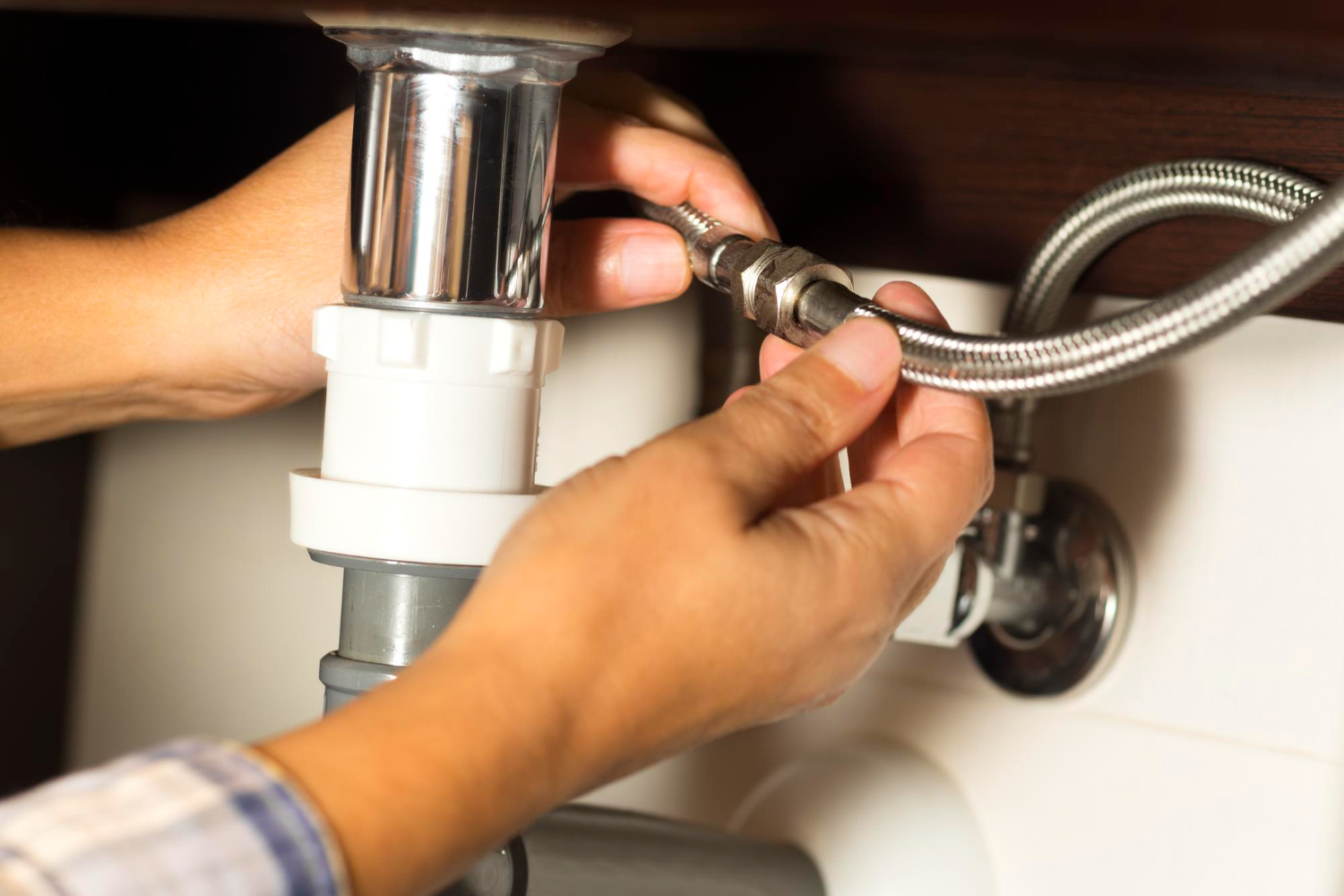Cultivated Dining Room Decor: Tips for a Refined Home Interior
Can you feel it? You’ve been planning for weeks, organizing recipes …

Modern plumbing systems have changed the way homeowners manage water efficiency, comfort, and safety. Today’s plumbing relies on streamlined designs, durable materials, and smarter technology, so here’s what you should know to keep everything functioning reliably.
Let’s break down key components and practices that support a healthier and more efficient home. You’ll discover helpful insights that simplify maintenance and highlight what matters most. With the right knowledge, caring for your plumbing becomes far more manageable.
High-efficiency fixtures have become standard, as they reduce waste without compromising performance. Many homeowners explore advanced faucets, toilets, and shower components to cut utility costs and improve everyday usability, turning to local North Shore plumbing experts or other reliable professionals in their area. These fixtures use engineered flow designs that maintain strong output and minimize water loss.
Manufacturers test each product to guarantee dependable function under varying household conditions. Choose the right fixture to balance comfort and conservation in practical ways. When you integrate these improvements early, you set the foundation for long-term savings and consistent performance.
Today’s plumbing relies heavily on materials designed for longevity, flexibility, and resistance to corrosion. PEX, copper, and PVC each support specific applications that improve durability and streamline installation.
PEX handles temperature fluctuations with fewer risks of cracking. Copper remains valuable for areas demanding heat resistance and long-term structural stability.
PVC keeps drainage systems light and efficient, offering smooth flow paths that reduce blockages. Knowing where each material excels gives you the confidence to evaluate plumbing recommendations with more clarity.
Smart home plumbing tools now help homeowners monitor usage, detect leaks, and automate fundamental functions. Digital leak sensors send alerts that identify problems on the spot and prevent structural damage. Water-monitoring systems provide real-time insights into consumption so that you can spot unusual patterns instantly.
Automated shut-off valves add more protection during emergencies or extended travel. Smart faucets and showers offer customized temperature control and conserve energy. These innovations strengthen long-term system reliability by addressing issues before they escalate.
Recognizing early warning signs allows homeowners to act before minor concerns become emergencies. Slow drains may indicate developing clogs that require immediate clearing. Water discoloration can signal rusting pipes or sediment buildup inside the system.
Sudden pressure changes point to valve issues or hidden leaks. Persistent odors from drains may stem from venting problems or organic debris in traps. Address these issues quickly, and you maintain healthier water flow and avoid structural complications.
Modern green plumbing focuses on optimizing water use, reducing energy consumption, and choosing materials that minimize long-term waste. Low-flow fixtures, greywater recycling systems, and rainwater-harvesting solutions are now widely implemented to support more sustainable living.
These systems redirect water from showers, sinks, or rainfall to irrigate landscaping or supply toilets and lower the demand on municipal resources.
Energy-efficient water heaters cut utility costs and lower carbon output. Environmentally safe pipe materials and non-toxic sealants will protect groundwater and support healthier indoor environments. Create a more resilient home that aligns with modern sustainability standards and maintains everyday convenience.
Homeowners find themselves evaluating the costs, both immediate and long-term, associated with upgrades. Modern systems carry a higher upfront investment, but they provide massive savings through improved efficiency, reduced maintenance needs, and longer service life. High-efficiency fixtures lower water bills, and advanced piping materials diminish the chance of leaks or corrosion-related repairs.
Smart monitoring devices prevent expensive damage, identify issues, and save thousands in potential remediation costs. Installation expenses vary based on system complexity, accessibility, and local labor rates, so obtain multiple quotes to choose the right professional for your needs.
Homeowners should look into how upgrades influence property value: eco-friendly and tech-forward plumbing features appeal strongly to modern buyers.
Drainage and venting systems allow wastewater to exit efficiently and stabilize air pressure within pipes. Vents prevent gurgling sounds to allow for proper airflow throughout your plumbing. Clean and unobstructed drains maintain steady movement and decrease recurring blockages.
Slope and pipe diameter both influence how effectively water travels to the main line. Well-designed drainage systems limit odor release and seal off sewer gases. When these systems work correctly, they protect your home from moisture damage and plumbing stress.
Modern plumbing systems continue growing to improve reliability, efficiency, and convenience. A better understanding of how these components work helps you maintain a healthier home and avoid unnecessary repairs. Stay informed and proactive, and you can take advantage of long-term performance and greater peace of mind. Let these insights guide you as you care for your plumbing with confidence.